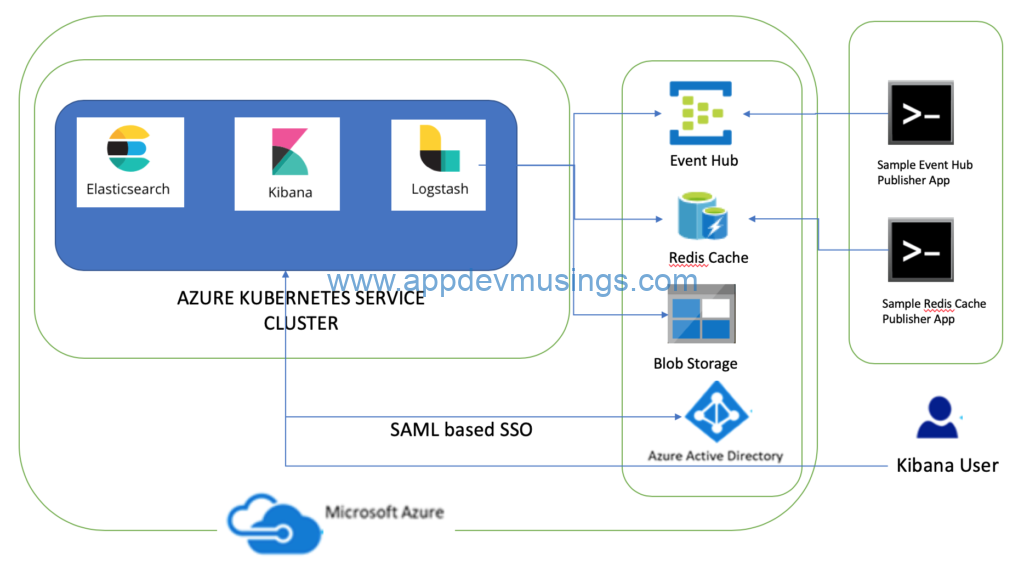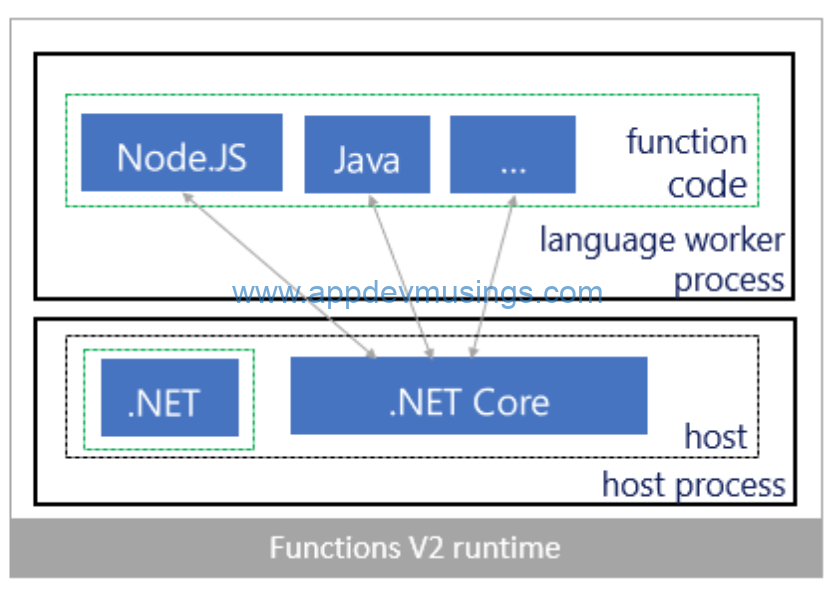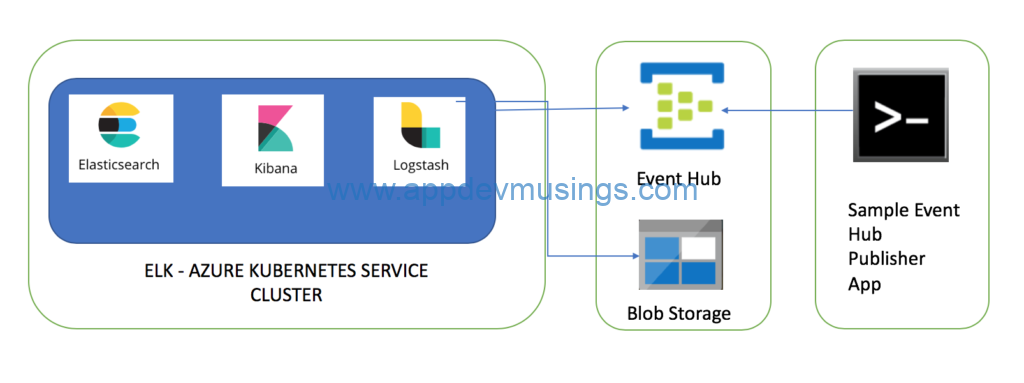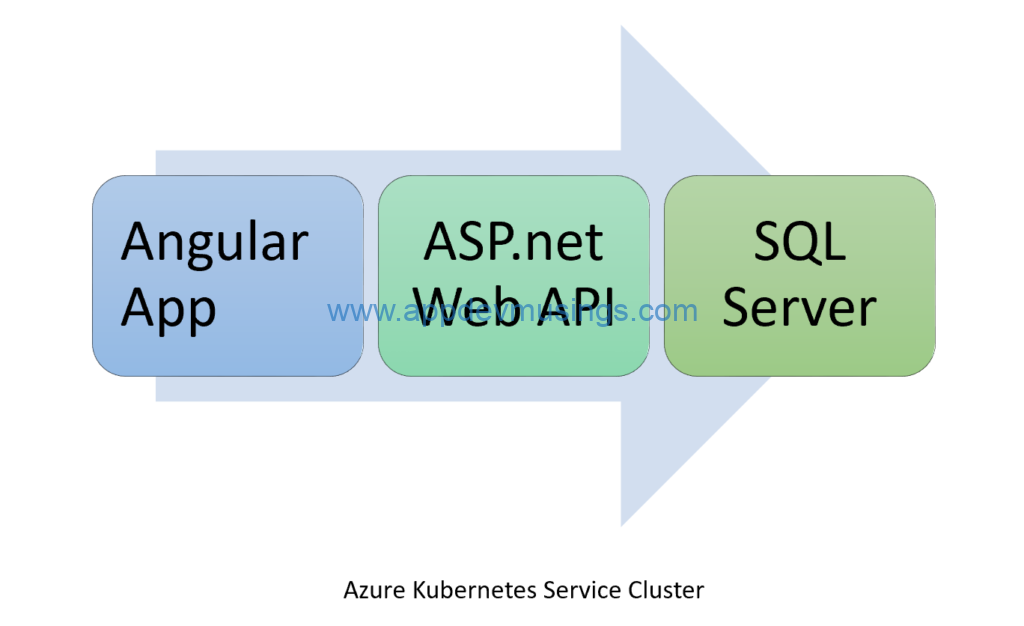This is second part of the series on developing and deploying Azure Functions 2.0 where I will
- Create a function triggered by Azure Cosmos DB
- Create Azure SignalR Service bindings for Azure Functions 2.0
- Publish Docker Image to Docker Hub
- Create Function App from Docker Image in Azure Portal
- Deploy functions to Azure Kubernetes Service from VS Code
The first part of the series provides details on creating functions triggered by Azure Blob storage and Event hub in Visual Studio Code along with deploying Azure Functions to Azure Kubernetes Service (AKS).
Azure Functions 2.0: Create, debug and deploy to Azure Kubernetes Service (AKS)
Dev tools used to develop these components are Visual Studio Code for macOS and Docker. The complete source code for this article can be downloaded from GitHub.







